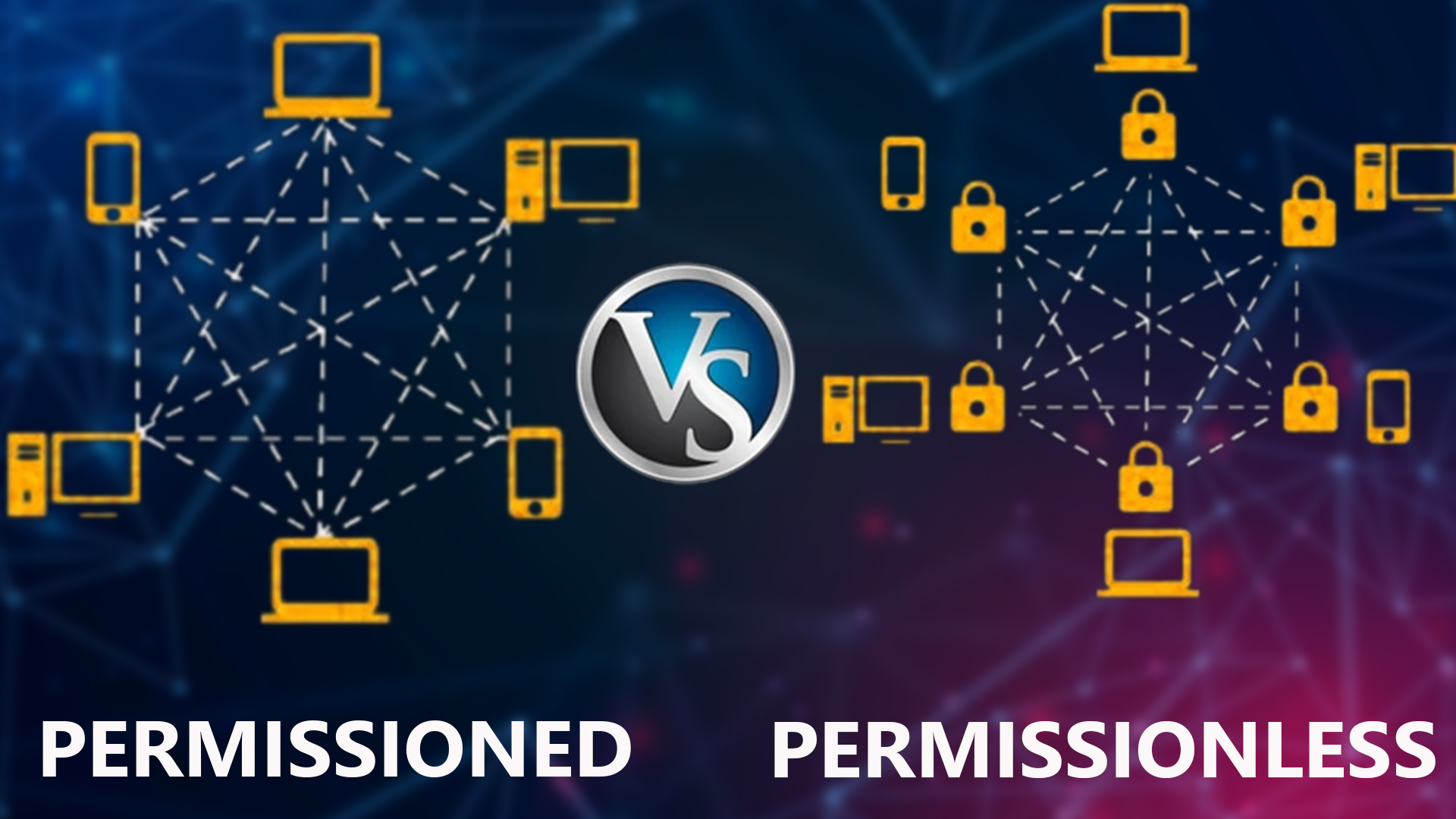
Which is Better? Permissioned or Permissionless Blockchains
- Permissioned networks are more energy efficient.
- Permissionless blockchains provide less privacy.
What are Permissioned Blockchains?
Blockchains that can be accessed only by the designated users is called the Permissioned Blockchain. They are nonpublic and have an additional security layer. So only the users with permission to access the blockchain can use it.
The Permissioned Blockchains provide a high level of privacy and security. This is because here no user can access the transaction information without authorization.
Another cool feature that permissioned blockchains offer is that they are highly customizable. Due to this, organizations can accommodate configurations based on their needs.
The permissioned blockchains are scalable and can deliver high performance. Because the number of nodes used to manage transaction verification is very limited.
Permissionless Blockchains
Permissionless is also known as public. They work on open networks that are available to everyone.
They are transparent in terms of transactions it maintains anonymity in only some exceptions. It uses asset tokens and other digital assets. Permissionless blockchains provide an advantage that they are highly resistant to censorship.
Due to high public visibility, it provides less privacy. Also the control over information is very limited.
The differences between Permissioned and permissionless blockchains
Both blockchains, permissioned and permissionless, have different features. This makes their use different according to the situation.
A permissionless network is an open, decentralized network that anyone can access. In contrast, the permissionless network is a closed and partially decentralized network. Because it is distributed across known parties.
The transparency of transactions in the permissionless protocol is extreme because it runs on open-source protocols. At the same time, the transparency in permission protocol is controlled because it is based on the organization’s needs.
The permissionless network is censorship resistant because people participate in it globally.While, the permissioned network is highly customizable due to hybrid integration.
The permissionless network is peer-to-peer, whereas the permissioned network is business-to-business. In terms of energy efficiency, Permissioned networks surpass this metric.
What should enterprises consider a Permissioned or Permissionless blockchain?
Energy Efficiency
If Energy efficiency is the priority of the organization, then the network, which is preferable for the organization, is definitely permissioned. Because according to Kulaza, Billion networks can even run on mobile phones.
He believes that due to the massive energy that BTC consumes, this incident has tainted the image of public blockchains.
This has established it as an even more energy-efficient network. Mugavero also believes that public networks can be more efficient because it puts thousands of transactions in a single block.
Scalability
The big reason why blockchains fail is that they are not energy efficient. Those that fail are not able to be as scalable as Bitcoin. Some blockchains are highly unsuccessful. The reason is they burn as much energy as required to power a mid-sized country. And this, too, only produces half a million transactions per day.
